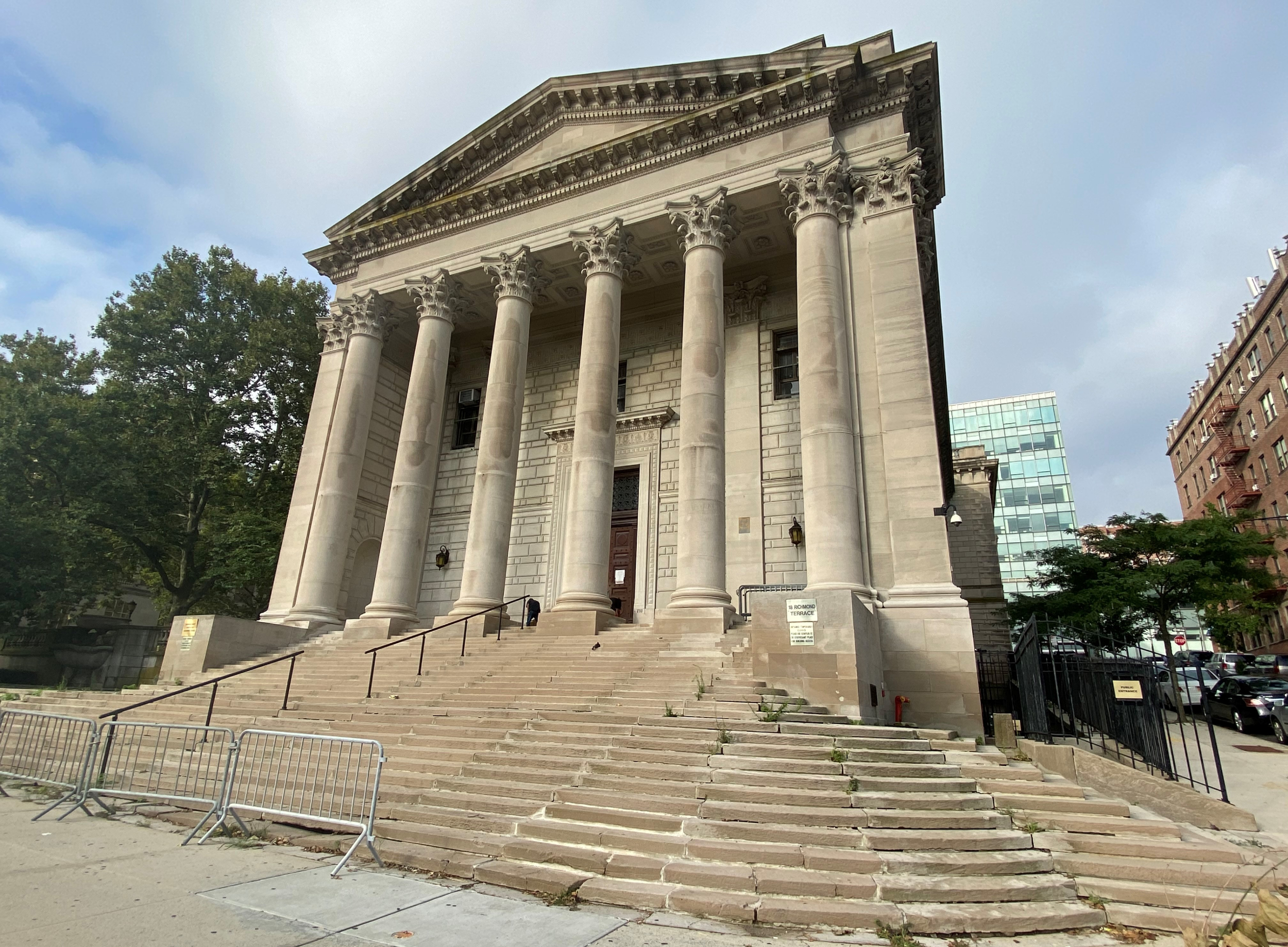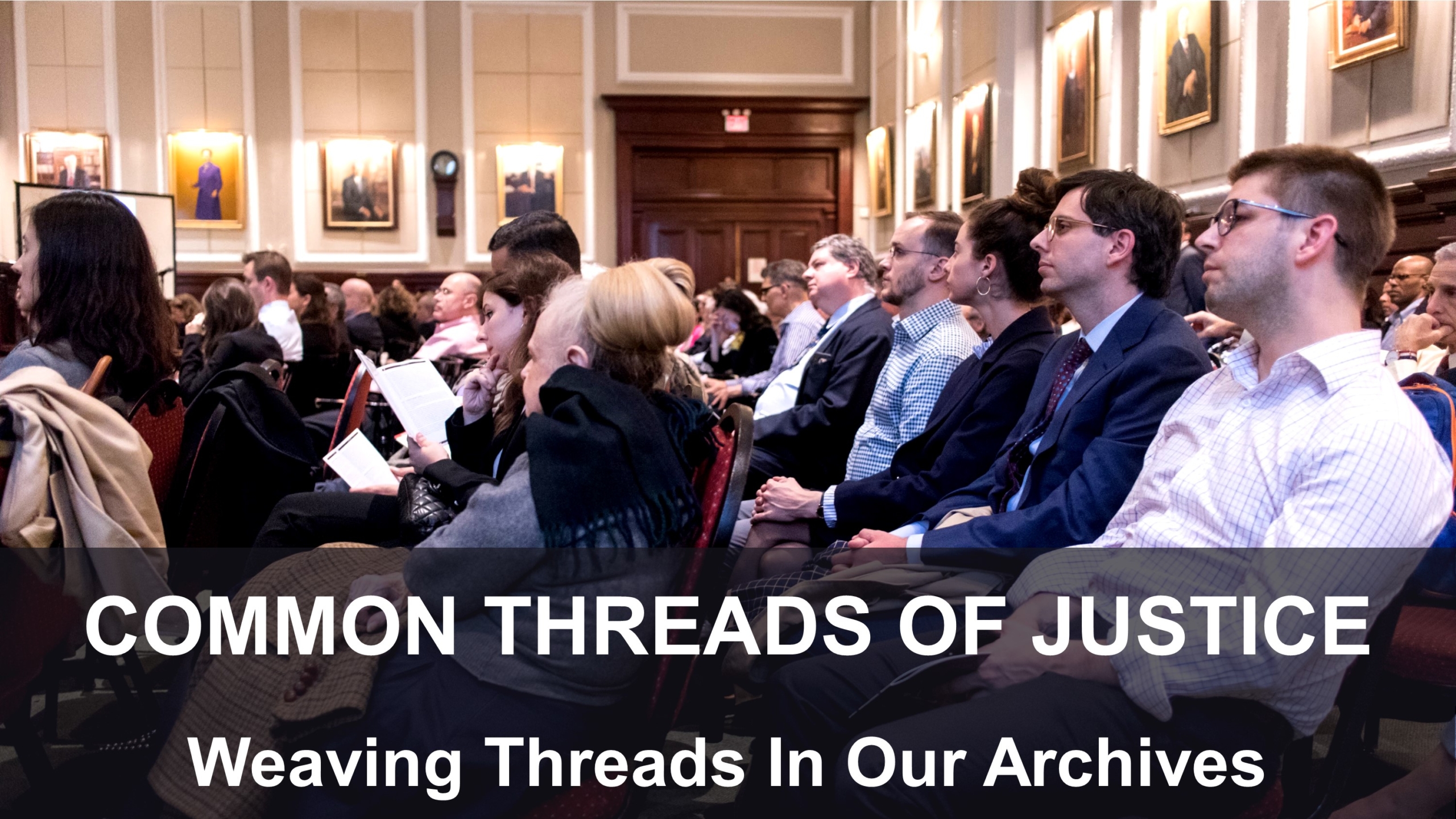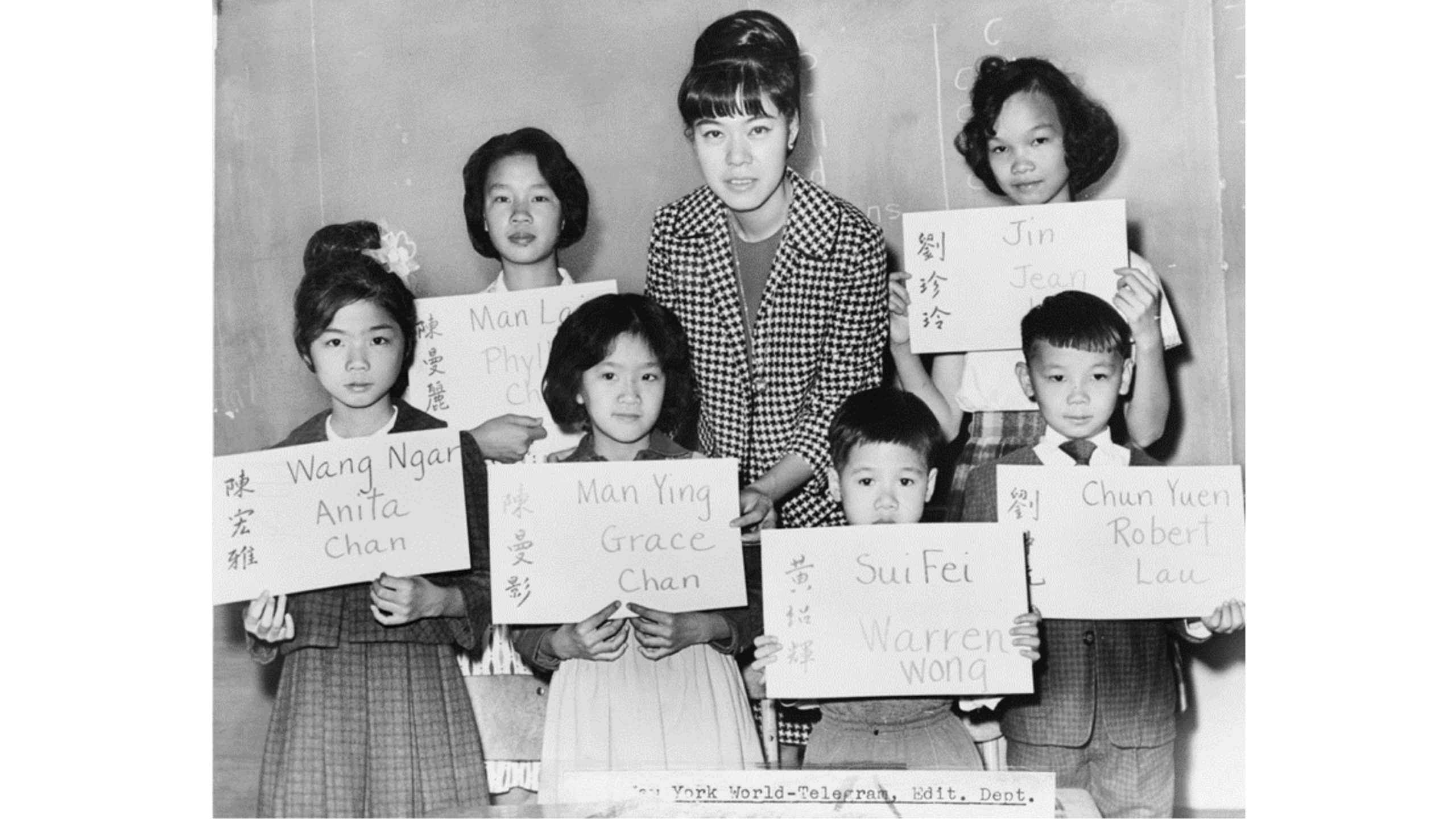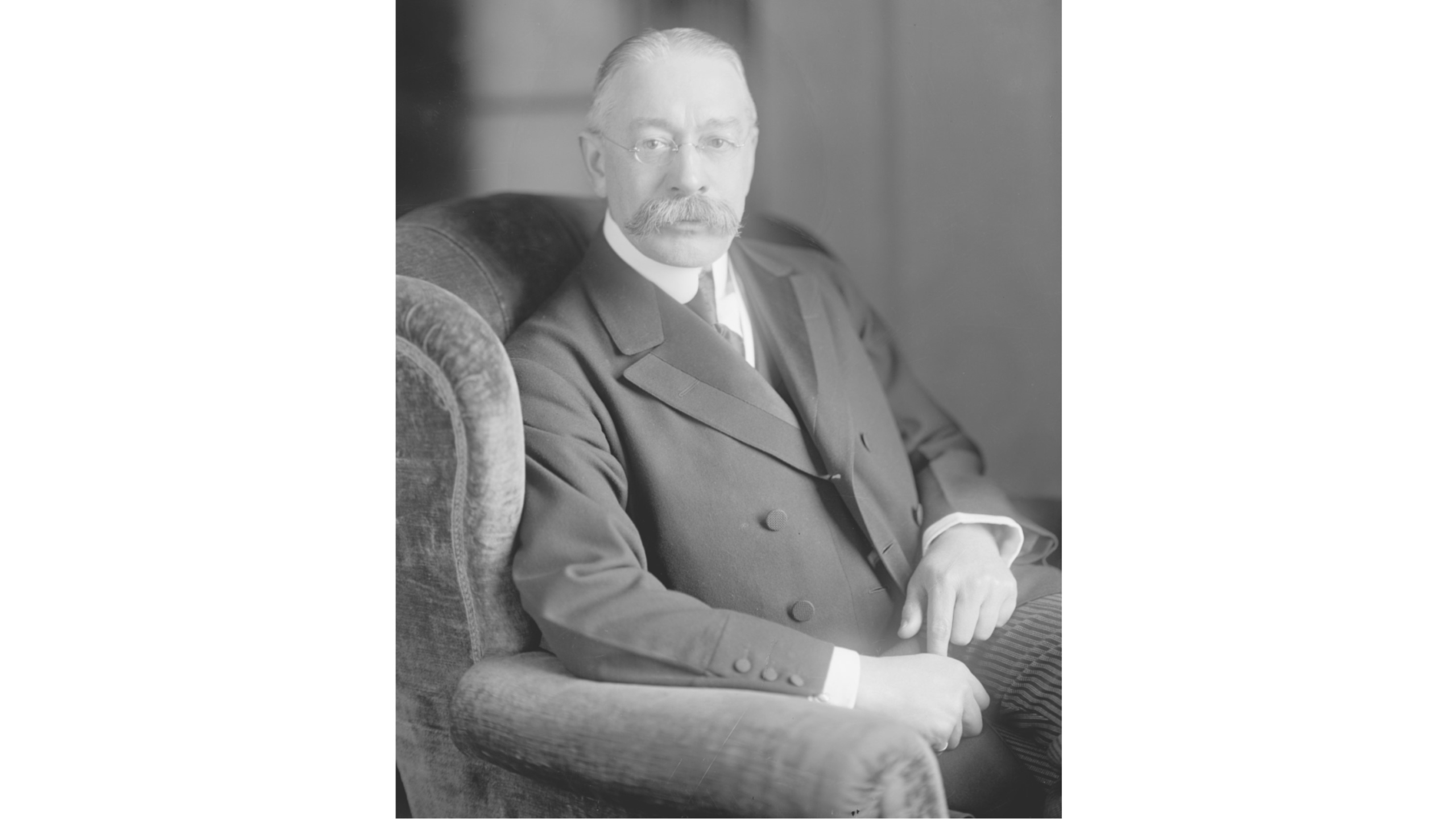This blog article was written by Elen Krut, Esq. Elen is a practicing attorney in Staten Island, NY. She graduated with honors from the Elisabeth Haub School of Law at Pace University and was admitted to practice in New York in 2017.
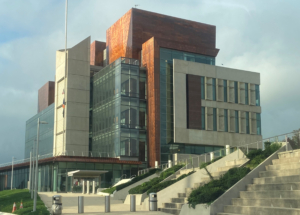
In the beginning of the promising new year, 2020, walking down the St. George area of Staten Island was an adventure for many attorneys. Going between the new 26 Central courthouse, the Hyatt Street support magistrate parts, the infamous 18 Richmond Terrace courthouse, and our small but mighty Family Court was an every-day routine for many. On the way, one would surely expect to meet a familiar face, slow down a bit to have a friendly conversation, stop by the Dunkin Donuts, visit a local grocery store, or get lunch with a colleague at Beso or the Gavel Grill.
However, oftentimes, tragedy comes as an unwanted guest, and in March of 2020, we found ourselves facing the
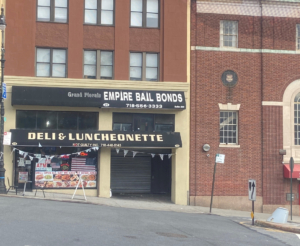
Covid-19 pandemic. Following the stay-at-home orders, we were locked in our houses. Some attorneys were forced to temporarily close their practices; some to work from home; and others were laid off. We all hoped and prayed for those who were battling the virus, as well as those who are out helping people in these shattering times.
One would know that the “stay at home” situation was quite serious when the most frequented St. George local grocery store saddened with an empty gloomy appearance. This local store is called “Not Guilty,” and it’s ironically and proudly located right across the street from the Criminal Court parts. However, “Not Guilty” was not the only empty place in this otherwise always energetic area. All businesses and offices, our courthouses, deposition office spaces, and everything else that used to make our legal system move forward, were just as empty and lifeless.
But those are the material things, conveniences and tools that we, as attorneys, used daily. What about people? How are our colleagues? How are they holding up? Are they safe? How are they handling this unprecedented situation that no one was ready for? What are their thoughts and experiences? Are they working remotely or not even remotely working?
As always, the most prudent answer is best found by going directly to the source. In the interviews conducted for the Historical Society of the New York Courts’ project to record lawyers’ response to the pandemic, we explored a variety of topics, including attorneys’ personal and professional experiences dealing with the pandemic, how their practice was affected, challenges they faced and had to overcome, as well as success stories, their lessons learned and advices shared. Below are the excerpts from their interviews.

